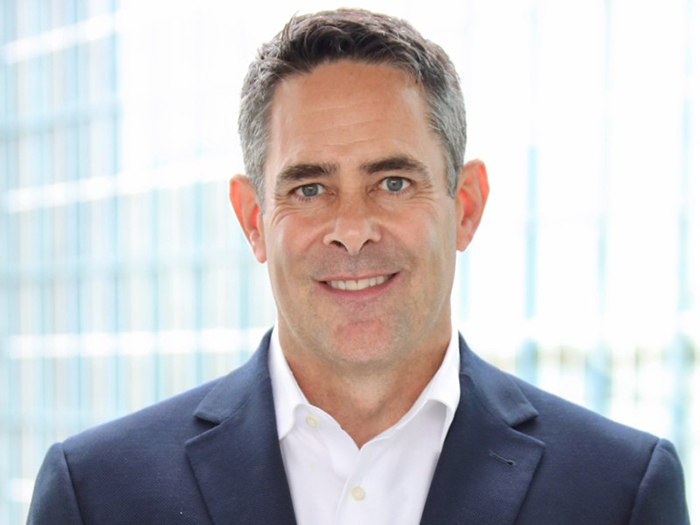Nurse Case Manager Chronicles
Nurse Case Managers’ Holistic View of Injured Workers Positively Impacts Claims

When a worker is injured, the claims team has one thing in mind: help the worker heal and return to work and life. However, outside factors can prolong a claim and leave an injured worker feeling discouraged.
These outside factors are often associated with co-morbidities, and they can play a big role in lengthening a claim. Co-morbidities refer to any disease a patient has that exists alongside an injury or illness. They include obesity, diabetes, high blood pressure, heart disease, arthritis and old age. Even depression can be considered a co-morbid condition.
As a former nurse case manager, Eric Patten, national product leader for diagnostics at One Call, knows firsthand the impact co-morbid conditions can have on a claim.
“Co-morbid conditions are not compensable, but they affect compensable injuries,” said Patten. “They often delay healing, which leads to increased costs associated with medical reserves, extended length of disability, more [total temporary disability] days and increased litigation rates, which was noted in a Harbor Health System study,” he said.
Nurse Intervention Cuts Costs, Saves Time
Patten entered nursing 25 years ago. He started his career in a hospital setting and then moved into case management for workers’ compensation. Through his experience, he witnessed how a co-morbid condition can impact a claim.
For instance, he was assigned an elderly woman’s case after she rolled her ankle walking from the parking lot to her place of work. When she was examined, the physician discovered her diabetes, pre-injury, wasn’t being taken care the way it should have been.
Added to that, she was older and blood circulation to her ankle was poor.
Patten had to be diligent and aggressive in the management of her actual compensable injury — the rolled ankle — to get her back to work. But he also had to start this worker down the path of managing her co-morbid conditions.
First, he coordinated with the treating physician to get her seen by an ankle specialist. Then, he touched base with her nephew to figure out who was treating her diabetes and partnered with an endocrinologist to monitor her blood sugars.
As the nurse case manager, Patten was watching over this patient holistically, keeping the entire medical team on the same page. He communicated results between the treating physician, the endocrinologist and the worker’s family. His background and skills as a nurse case manager enabled him to see the big picture: Co-morbid conditions lengthen claims. Treating them is vital.
Patten also played a key role in informing the carrier and the employer of any changes, so they too knew what was being done and how these interventions would benefit the claim.
“These types of interventions were considered above the duties of a nurse case manager for workers’ comp at the time,” Patten explained. “Today, we understand the importance of treating the injured worker holistically to improve return to work and decrease medical reserves.”
Nurse Case Managers Advocate for Employee Wellness
Ultimately, when an injured worker has a co-morbid condition, the nurse case manager is key in getting them what they need. Many case managers will work with the claimant, the claimant’s employer and the claimant’s private health insurance case manager to ensure aggressive management of co-morbid conditions during the compensable injury.
They do so by connecting with HR and reaching out to the injured worker’s health care provider. It’s a needed step in the process, so that the nurse case manager can both treat for and inform on what is required from the carrier, employer, worker and physician.
In the past, some carriers have not been receptive to this thought process, but that’s changing due to an increasingly aging workforce likely to have at least one co-morbidity, said Patten.
And employers know co-morbid conditions directly impact their medical reserves.
As a preventative measure, companies are investing in wellness programs such as yoga lessons, standing desks and fitness challenges. Some case managers will tap into these wellness resources while on a claim as an added measure to treat co-morbidities.
“We look at different approaches and work with the injured worker initially. Then we talk to the employer and ask if they have any programs for workers already in place,” said Patten. “It all comes down to the nurse case manager who is the key to getting an injured worker with a co-morbid condition what they need to get healthy and return to work.” &











